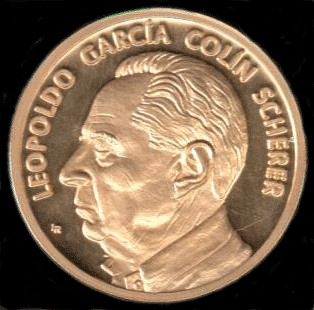Description
The phrase “one measure for all men and all times” summarizes the ideal that would lead to the development of the International System of Units, SI. The evolution of the definitions of the SI units of measurement may be somehow considered as a series of approximations to such an ideal in which the units of measurement are invariant in time and space, immutable, and susceptible to equivalent realizations, reproducible, and accessible to be useful in measuring processes of practical, industrial, technological and scientific purposes. In the current state of the science and technology the fundamental constants appear as the last frontier to define the SI units of measurement. The abandonment of artifacts to support the definitions of SI units began in 1960 when the wavelength of a krypton 86 radiation was used to redefine the unit of length, the meter. Moreover, the time unit, defined in 1967 in terms of the separation of the ground state hyperfine levels of the Cesium- 133 atom, was another important step towards the incorporation of the fundamental constants in the SI units. In 1982, the unit of length was established in terms of the speed of light in vacuum and time measurements. This clearly illustrates how the SI evolves towards the incorporation of fundamental constants, or combinations of them, to support the units of measurement. In May 20th, 2019, the SI unit for mass, the kilogram, was redefined in terms of the Planck constant. Setting a value without uncertainty for Planck’s constant and by defining the kilogram in terms of electromagnetic forces generated in a balance, usually called “watt balance”, the definition of the kilogram is framed in the context of the quantum mechanics, since it rely experimentally on the time unit, and therefore on the hyperfine separation of the ground state of Cesium-133 atom, on the realizations of the volt in terms of the Josephson effect and on the ohm in terms of the quantum Hall effect. Also, the SI units for the electric current and temperature, the Ampere and the Kelvin, were redefined last May 20th in terms of the electric charge of the electron and the Boltzmann constant, respectively. The new definitions of the SI base units will allow the fundamental constants to be the support of the SI, that in order to provide measurement systems with a very high accuracy to pursuit the scientific and technological advances to come.

